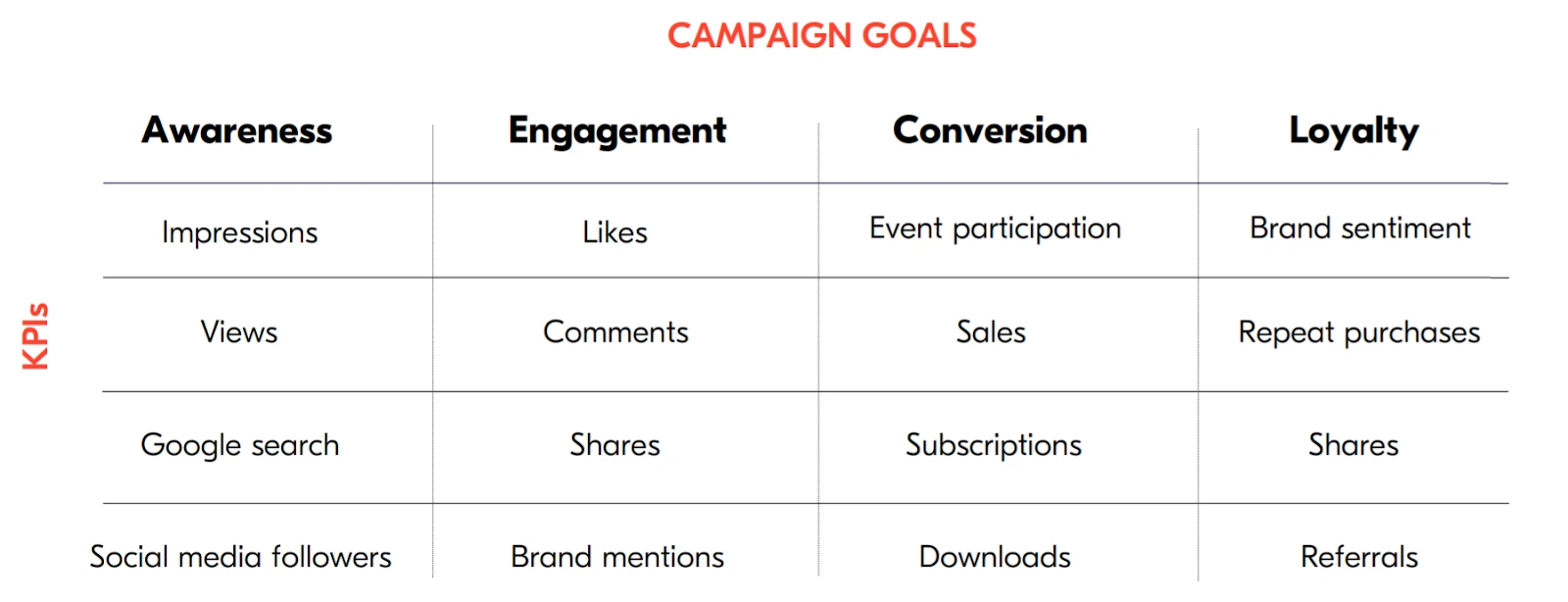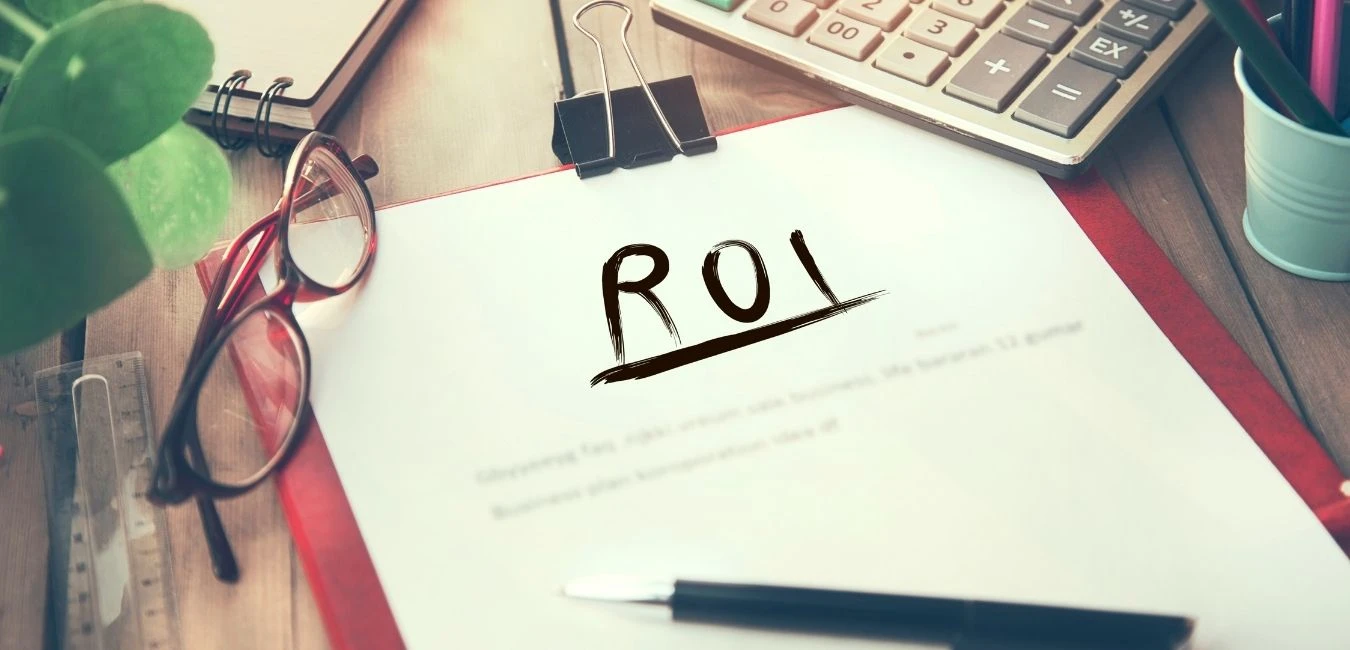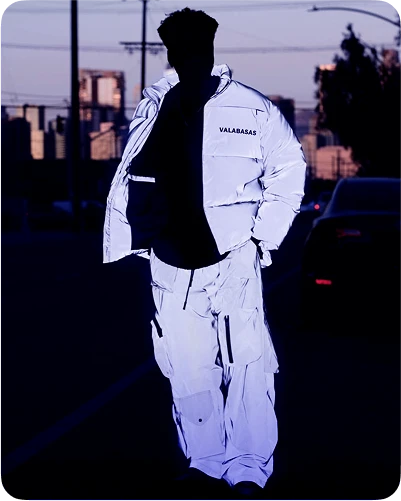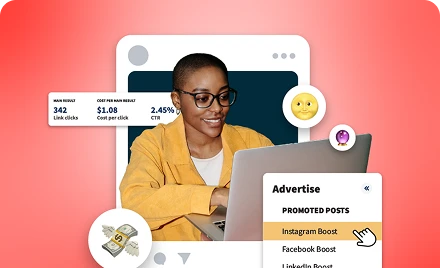The number one mistake made by influencer marketers is waiting until their influencer campaigns are over to calculate the return on investment (ROI). Campaign planning involves big decisions such as setting goals and choosing KPIs that will affect how you measure ROI. This means it’s important to keep it top of mind from start to finish. We’ll help you understand how to measure the overall success of campaigns as well as analyze individual influencer performance.
How to overcome the challenges of measuring the ROI of influencer marketing
Calculating the ROI of your influencer campaigns helps you determine if this is a profitable and repeatable strategy. As marketers who need to make sure every dollar spent is making an impact, you need to know that you’re getting out more than you’re putting in.
That said, influencer marketing is a versatile marketing strategy employed across different verticals with different goals in mind. There’s no one-size-fits-all method for calculating the ROI of influencer marketing campaigns. But the aim of this article is to address the common challenges of measuring ROI. You’ll get the knowledge needed to calculate ROI across different types of influencer marketing campaigns. These common challenges include:
Choosing the right key performance indicators (KPIs) relevant to their goals
Companies can struggle to understand which metrics they should be measuring to calculate progress towards their goal and understand the value generated by their influencer campaign. The KPIs you choose to measure should be directly linked to your goal. Looking at several different metrics together will build a better overall picture of campaign performance. When calculating ROI, the scope of your campaign’s success goes beyond only looking at conversions and sales. Increased awareness and brand engagement lays the foundation for future sales and creates a broader reach for your brand. The table below offers a breakdown to help you choose the best KPIs suited to your campaign goals.

Measuring qualitative impact
Marketers will focus on the quantitative results which can be easily measured such as the number of sales or the amount of revenue generated. However, influencer campaigns generate additional value which can’t always be easily quantified such as brand awareness, increased purchase intent, improved reputation, positive brand sentiment, etc.
Brands can better understand the positive impact of influencer campaigns by delving into qualitative data. This can include textual analysis of comments, brand sentiment analysis, and audience analysis of web traffic. Don’t forget, the most important value influencers bring is helping you reach the right people, on the right platform. The quality of engagements is important, it’s not just about reach!
One factor that can be difficult to measure precisely is the number of sales generated indirectly by an influencer. It’s easy enough to measure the sales generated from a tracked affiliate link. But what about those whose purchase journey isn’t so linear? We can assume that some people seeing influencer content become interested in a brand, continue their research, and make their purchase a few days after the initial interaction. Research from Google confirms this. They found that on average 4 people went on to download the games mentioned during the gaming influencers’ streams in the 4 days that followed watching the influencer’s content.

Calculating ROI for sales-focused campaigns
There are several strategies that will ensure measurable attribution to help you identify which influencers are generating the most sales. Using tracked affiliate links or personalized promo codes for influencers to share with their audience will show you who is purchasing your products as a result of impactful influencer content. You’ll easily be able to calculate the revenue created by the total number of sales made from the campaign to measure your campaign’s return on investment.
The ROI formula
When collaborating with influencers to drive sales as useful formula for measuring return on investment is: ROI = (turnover – budget)/(budget).
Let’s imagine you earned $3000 in sales from an influencer promo code campaign but you spent $1000 on the campaign (software licence, influencer fee, staff etc). Your total turnover minus your budget spent means your net profit is $2000. The second part of the formula helps you calculate your return on investment for every dollar spent. In this case $2000/$1000 means you’ve earned $2 from the campaign for every $1 spent.
Using tools such as Upfluence’s integrations with Shopify and WooCommerce make this process easy, allowing brands to create, share and track native promo codes within their campaign management dashboard. You’ll then be able to analyze your influencers’ individual performance and make strategic decisions about future partnerships.
Calculating ROI for notoriety-focused campaigns
When boosting notoriety: Reach (measured by impressions) and engagements (likes, shares, comments, etc.) are metrics that show how many people see your campaign. Take into account the reach and engagement of:
- the posts published by your brand (owned media)
- the influencers you are working with (paid media value if you paid them, earned otherwise)
- the people sharing the content published by these influencers (earned media value – see POEM model below)
| Paid media
Paid channels include social media ads, sponsored influencer campaigns, whitelisted ads, and brand sponsorships. |
Owned media
This is the channel controlled by the brand including company websites, blogs, and social media channels. |
Earned media
The interactions and engagements on content shared via paid or owned media channels. |
These metrics allow you to compute global media value to see how much additional reach your campaign brought to your brand, CTR or the ratio of clicks divided by impressions, and global engagement rate show how Influencers performed on average.

Top tip: Don’t wait until the end to start calculating ROI
It’s a good idea to follow these metrics throughout the campaign, not just at the end. This way you can fix the most common issues in real-time, such as a blog article that is not shared by an influencer, a link that is not clickable, etc.
Key takeaway
The first step to boosting your ROI is understanding it. Marketers can track attribution by employing strategies such as social listening, promo code, and engagement/ reach analytics. Influencer marketing yields value beyond the number of sales generated. That’s why it’s important to factor in earned media value and qualitative data when calculating your ROI.
Next steps
- Make sure you choose the right KPIs for your next influencer campaign with our complete guide to influencer marketing KPIs.
- Read the Measuring Success chapter of The Ultimate Influencer Marketing Guide for additional tips on how how to measure campaign performance.
- Get inspiration for how to increase the ROI of your campaigns by wathing our webinar with Plai on Driving ROI by Reusing Influencer Content
























